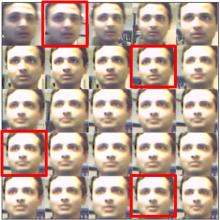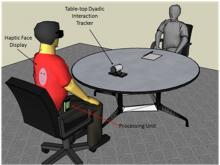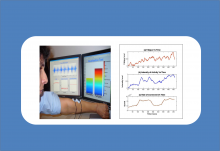
Vineeth N Balasubramanian
Position
Department
Joined CUbiC
Contact
History
Former ASU student.
Research Profile
Vineeth joined CUbiC in August 2005 as a PhD student in the Department of Computer Science and Engineering (now, the School of Computing and Informatics). Before coming to CUbiC, he had worked on video segmentation and mosaicing in the MPEG domain as part of his Masters thesis in India. At CUbiC, his initial work included projects on surgical skill analysis with the Banner Good Samaritan hospital, and on scientific visualization of medical imaging data. Currently, he works on pattern recognition problems related to face analysis, with a focus on head pose estimation. His research work is centered on coming up with confidence measures associated with pattern recognition algorithms. His broad research interests include computer vision, pattern recognition, machine learning, human computer interaction with an emphasis towards high-dimensional data analysis, learning theory, and statistical approaches in pattern recognition.
Publications
Projects
The rapid escalation of technology and the widespread emergence of modern technological equipments have resulted in the generation of large quantities of digital data. This has expanded the possibilities of solving real world problems using computational learning…
Automated verification of human identity is indispensable in security and surveillance systems and also in applications involving assistive technology. Uni-modal systems relying on a single modality for authentication suffer from several limitations. Multi-modal systems…
The Dyadic Interaction Assistant, part of the larger Social Interaction Assistant research project, consists of a webcam on a pan-tilt mechanism used to track human faces, regardless of whether the person is directly facing the camera. Additionally, the video collected…
The emergence of inexpensive and unobtrusive physiological sensors has widened the application of physiological sensing to newer and innovative areas including human-computer interface, proactive human health monitoring, emotion recognition, activity recognition and many…
Transit Tracker is a website and mobile application for tracking modes of public transportation in near real-time. A strong emphasis of the project is to provide a non-invasive assistive technology tool for visually impaired public transportation users, while extending…







